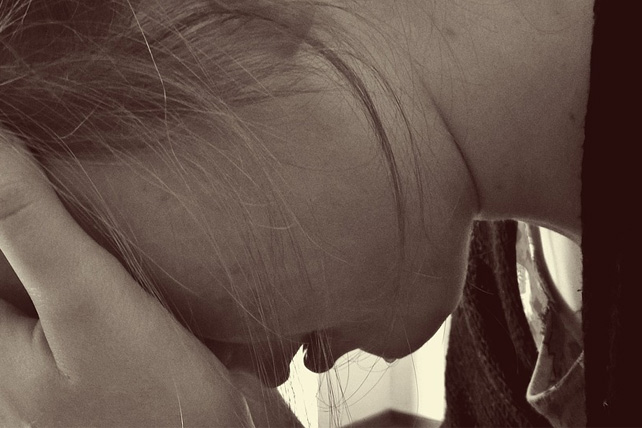Women’s deaths as a result of drug misuse have increased by a staggering 82 per cent in England and Wales over the last decade. Paradoxically fewer women are using drugs, yet record numbers are dying as a result of using them.
According to newly-published data from the Office for National Statistics, the number of drug misuse deaths among women rose from 382 in 2007 to 697 in 2016. The total number of drug poisoining deaths among women, which includes intentional self-poisoning, rose from 726 to 1,172 during the same period. Alarmingly these numbers are probably an underestimate, as coroners are less likely to investigate unnatural deaths of women compared to men.
Female life expectancy has risen on average to 83 years, but many women who use drugs are dying before they get to 50. You’d have to go back to 1901 to see an average life expectancy for women that was 49 years.
This is not what Prime Minister Theresa May had in mind when she called for a more equitable society in her first speech as leader last year.
Physical and sexual violence greatly increase the risk of women becoming dependent on drugs – women who experience the most extensive violence are eight times more likely to experience addiction than those with little experience of abuse. Drugs are often used as a way of numbing trauma and a whole host of negative thoughts and feelings. In this sense, many women are self-medicating with drugs to deal with current or past trauma; drug use is often a symptom of a range of problems rather than the cause. Unlike their peers who choose to use drugs recreationally, women with addictions often feel they are using drugs out of necessity.
The Government’s new drug strategy, published in July, briefly but importantly recognises some of the issues women face, including the links between addiction and abuse, and that women involved in prostitution are at greater risk of drug dependency. Not only can violence lead to women using drugs as a coping mechanism, but using drugs can in turn leave women vulnerable to further abuse and exploitation.
Women’s experiences of addiction differ in other ways too. Relationships play a far greater role in women’s drug use; women with a dependency are most likely to have started using drugs with a partner, whereas men are more likely to have started using with peers. And of course, many women are mothers, and fear over what may happen to their children can present a significant barrier to coming forward for treatment.
Another barrier is the fact that specialist treatment is dominated by men. With around 75 per cent of service users being male, facilities can be intimidating and even unsafe places for women to be, not least because some male service users will be perpetrators of abuse towards women.
But we have known about this problem for some time. It was over 15 years ago that then-Home Secretary David Blunkett identified the need to improve treatment uptake by women, suggesting that services could do more to engage women in treatment. Treatment matters as it not only improves the chances of a women recovering from drug dependency, but because it can literally keep them alive.
Poor treatment uptake by women is not unique to the UK, the United Nations recently made its concerns clear and said it would make it a priority to improve access to drug treatment for women in its member states.
Given the high levels of trauma that they have experienced, it is perhaps unsurprising that women who misuse substances often have particularly complex needs. Women in drug treatment have poorer mental and physical health and worse quality of life than men, at both the start and end of treatment.
The current system in the UK doesn’t work for women. The disjointed nature of how mental health and addiction services operate has had severely problematic consequences. Women who reach out for help are often deemed by mental health services as having primary drug problems which need to be resolved before mental health care can be given and vice versa by drug services.
With men making up the majority of services users, treatment is largely set up for their needs and experiences. We can and must do better in responding to women who need help. More money for services is always welcome but we could start by organising the services we have in a more logical and effective way. We need services which recognise the different needs of the men and women they work with, and respond in a way that acknowledges the impact of gender and trauma on women’s experiences.
We need to act soon before more women’s lives are put at risk. It is carers who should be encountering these women not coroners.
*Ian Hamilton – Lecturer in Mental Health and Addiction, University of York
*Katharine Sacks-Jones is the director of Agenda, the alliance for women and girls at risk


